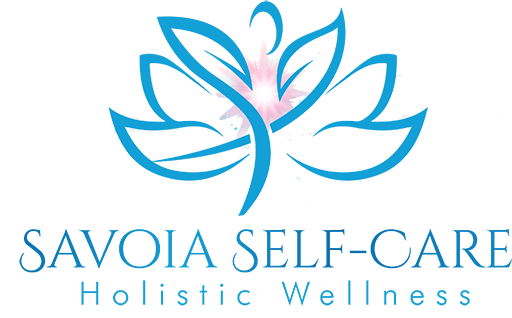BREATHING in Pilates
Hello beautiful Self-Care Goddesses,
Happy Wednesday!
I’m super excited to be hosting online breathwork sessions every New Moon to help
optimize your breathing for better performance at work and in life. Check out more details on my Instagram or Facebook.
🌸 ====== 🌸
Gratitude is one of the highest vibrating emotions that arise when we express appreciation. It’s important to pause, take a breath, and create some space for this wonderful emotion.
🙏🏽 Gratitude Practice 🙏🏽
I have had some wonderful teachers in my life. Currently, I’m grateful for. . .
🌸 ====== 🌸
How Do You Breathe in Pilates? Why is it Important?
Breathing is the first principle Joseph Pilates introduced when he started teaching his work. It makes sense as it is the foundation of every movement when you are practicing Pilates.
You breathe in Pilates by inhaling through your nose and exhaling through your mouth while bracing your abdominal muscles the whole time. Your ribs will expand to the sides and front on the inhalation, and the ribs will close down and in on the exhalation. Your abdominal muscles will be braced the whole time. The detailed manner of doing Pilates exercises is challenging but adding the breathing technique can be refreshing, especially if you are new to the method.
I invite you to join the monthly online New Moon Breathwork Experience. Purchase your online tickets here.
There are a number of reasons why this breathing technique is used in Pilates.
It facilitates correct muscle activation, and increases the safety of the exercises.
The reason why it is important to focus on directing the breath into the sides of the ribs (rather than the lower stomach) is that this helps to keep the abdominals activated when performing exercises. If you direct the breathing lower down into the stomach, the abdomen expands/sticks out which makes sustaining an abdominal contraction very difficult and leaves the lower back unprotected throughout the inhalation.
Another reason why we direct the breath into the sides of the ribs is to prevent shallow breathing into the upper chest, which causes the neck and shoulder muscles to tense.
Research has shown that the pelvic floor is easier to activate whilst inhaling. This is the reason why, for most exercises, the breathing is to INHALE and tighten the T-Zone. The pelvic floor contraction encourages the transversus abdominis and deep core muscles.
Check out the Self-Care Goddess Podcast “Prevent & Reverse Cancer 100% Naturally” episode #80 today.
As you exhale, the transversus abdominis and obliques contract to increase intra-abdominal pressure and stabilise the spine. Research shows the transversus abdominus is one of the major contributing muscles recruited during a forceful exhalation, along with the obliques.
Inhaling to tighten the T-Zone then exhaling to draw the ribs toward the hips assists with the correct recruitment order of the core stabilising muscles following The Centring Principle (pelvic floor, transversus abdominis, then obliques).
When inhaling, it is important to avoid taking a large, deep breath in because this can cause the thoracic spine (the upper and middle back) to extend and the abdomen to protrude, losing the abdominal muscle activation.
I invite you to watch my YouTube video titled “Breath of Fire: Ignite the Fire in You”
The reason why the breath out occurs through the mouth is to allow for a more forceful exhalation. A slow, forceful exhalation enhances the transversus abdominis (TA) and oblique activation. That being said, if the exhalation is too fast or forceful, it can cause the ribcage to depress too much or cause a bearing down effect or strain on the pelvic floor, causing the pelvic floor to deactivate.
It is important to avoid holding the breath throughout the effort of an exercise as this places an increased strain on the cardiovascular system.
Correct breathing patterns are beneficial to achieving the best result from an exercise. That being said, there is a lot to think about when performing the exercises, and safety is paramount. If the breathing is too confusing when you are starting out, and your technique is suffering as a result, the most important thing is for you to get the postures, activation and movement right first, then add the breathing in afterwards.
I am a certified Breathwork Facilitator. Connect With Me to know more on the amazing power of breathwork and learn some breathwork techniques than can help you better manage yourself.
References:

